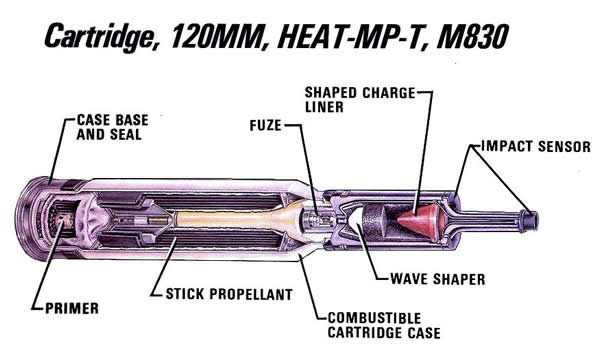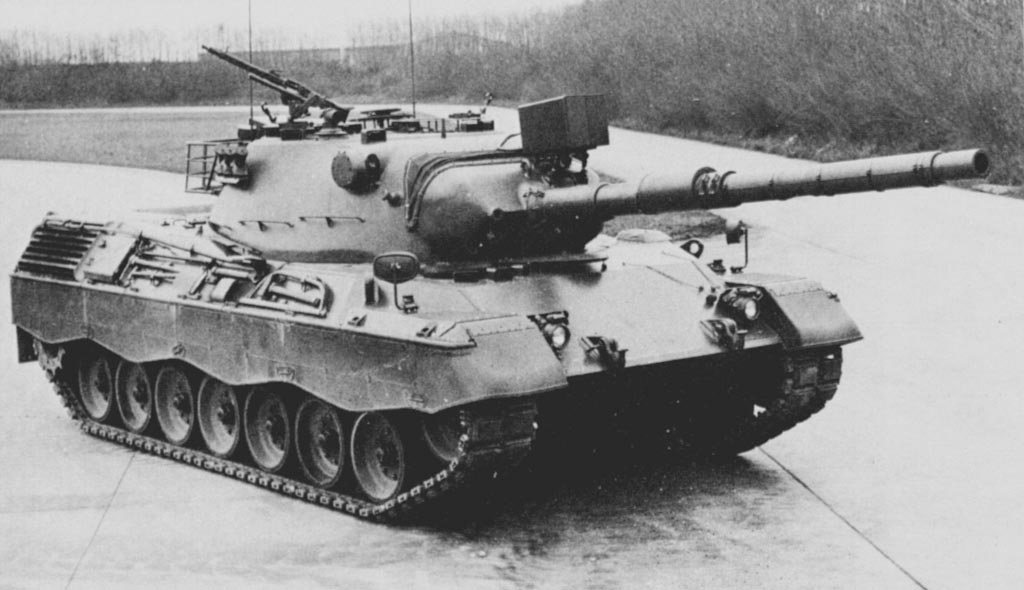Recently, I've been reading about the Tiger and King Tiger tanks and details about them. From what I gathered, it was a powerful tank during its era but faced the severe issue of the engine not running well on account of it being too heavy.
Let's say that someone, like the United States, looked at the King Tiger, and decided to make it the American's Main Battle Tank. Ignoring the legal issues involved, they take the Tiger, give it a better engine, replace it's WW2 armor with early Cold War-era armor, and upgrade the gun from the 8.8 to the 90mm cannon.
How would this tank fare against it's other counterparts? How well would it do in scenarios like the Korean War?
Let's say that someone, like the United States, looked at the King Tiger, and decided to make it the American's Main Battle Tank. Ignoring the legal issues involved, they take the Tiger, give it a better engine, replace it's WW2 armor with early Cold War-era armor, and upgrade the gun from the 8.8 to the 90mm cannon.
How would this tank fare against it's other counterparts? How well would it do in scenarios like the Korean War?

